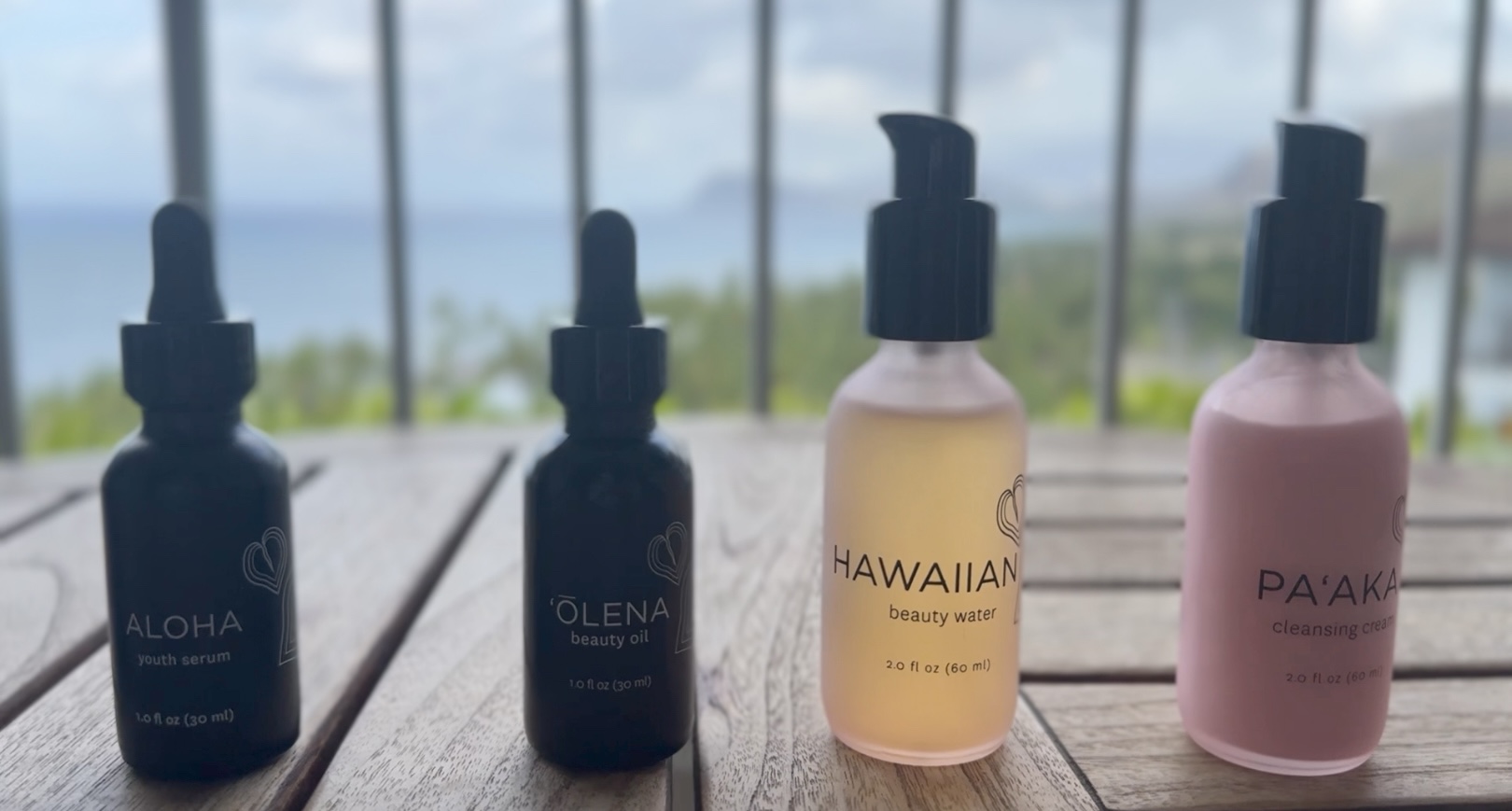Some conventional dyes contain harsh chemicals like ammonia, sodium lauryl sulfate (SLS), and parabens. These chemicals can alter pH, seep into your skin, and promote hormonal imbalance. For these reasons, consider these natural methods to cover your gray hair or gray roots.
For centuries, women across cultures have sought to enhance, darken, or lighten their hair using ingredients found in nature. Long before synthetic dyes, they relied on plants, minerals, and even insects to achieve their desired shades. These natural methods were often as much about ritual and tradition as they were about beauty.
Ancient Egypt: Henna for Fiery Red Hues
One of the oldest natural hair dyes comes from henna, a plant that has been used for over 5,000 years. Ancient Egyptian women, including Cleopatra, used henna to create reddish-brown tones. Henna not only dyed the hair but also conditioned it, strengthening strands against the desert climate.
How It Worked:
- Henna leaves were dried and ground into a fine powder.
- Mixed with water, tea, or lemon juice, it was applied as a thick paste.
- Left on for several hours, it resulted in rich auburn, copper, or deep red tones.
Ancient Rome & Greece: Saffron and Vinegar for Golden Locks
Blond hair was highly desirable in ancient Rome and Greece, especially among noblewomen. To lighten their locks, women used a combination of:
- Saffron (steeped in water)
- Lemon juice
- Vinegar
- Sun exposure
Women would sit in the sun for hours after applying these mixtures, a method similar to today’s lemon juice highlights. Some also used chamomile tea, which subtly brightened light brown or blonde hair.
The Middle Ages: Walnut Shells and Sage for Dark Hair
During the Middle Ages, darker hair was often associated with modesty and piety. Women used walnut shells and sage leaves to deepen their hair color.
How It Worked:
- Crushed walnut shells were boiled to create a dark brown dye.
- Sage leaves, when brewed into a strong tea, gradually darkened gray or light brown hair over time.
Women would rinse their hair with these infusions regularly to maintain rich, deep tones.
The Renaissance: Rhubarb and Elderberries for Gold and Auburn Tints
In Renaissance Europe, golden-red hair became a trend, especially inspired by Titian’s paintings. Women used rhubarb root to achieve warm golden tones and elderberries to add auburn highlights.
How It Worked:
- Rhubarb root was boiled into a yellowish rinse for light brown or blonde hair.
- Elderberries were mashed and applied as a temporary tint for red hues.
The Victorian Era: Tea and Coffee for Subtle Enhancements
Victorian women preferred natural, understated beauty. Instead of dramatic color changes, they used black tea and coffee rinses to enhance their natural shade.
How It Worked:
- Black tea added richness to brown and black hair.
- Coffee provided subtle reddish-brown highlights.
- These rinses were applied after washing and left to air dry.
Modern-Day Revival: Returning to Natural Dyes
Today, with a growing interest in chemical-free beauty, many women are rediscovering these traditional methods. Henna remains a popular natural dye, while indigo (when mixed with henna) is used to achieve deep brunette and black shades. Herbal rinses like chamomile, hibiscus, and sage continue to offer gentle, non-toxic ways to enhance hair color.
Coffee
Coffee can help give you a slight cover up to your gray hair.
To try this dying process:
- Brew a very strong cup of coffee or espresso and allow it to cool.
- Once cool, mix in a leave-in conditioner and coffee grounds.
- Spread this mix in your hair and let it sit for an hour.
- Once done, wash it out with water or apple cider vinegar.
- Repeat to see longer lasting results
Tea
Just like coffee, dark tea can be used to cover gray hair naturally. This process will again not be as harsh as conditional hair dye or yield as dramatic results. You’ll need to make very concentrated tea to produce a color change in your hair.
You can use 4-5 tea bags and apply the cooled tea to your hair and mix with conditioner. Leave the mixture in your hair for up to two hours to allow it to darken your hair.
Henna
Henna is a powder produced from the henna plant and a very popular natural hair coloring agent. You can purchase henna hair dye from natural personal care shops or online. Just be aware that natural henna produces a reddish brown color which will work best with brunettes. Mix in a dark tea or coffee to stray away from a too orange result on your hair.
These natural hair dying processes will help you slowly cover gray hair at home. You can do so bi-weekly for the best results that won’t wear out as quickly in the shower.
Experiment with your hair and see what works best for you. For longer lasting results consider consulting your hairstylist about organic hair dyes that don’t contain harsh chemicals.
From ancient Egypt to modern holistic beauty, women have always found creative ways to color their hair using nature’s gifts. These age-old techniques prove that beauty rituals can be both effective and gentle—no chemicals required.
What’s your favorite way to natural cover up gray hair? Share with us in the comments!



